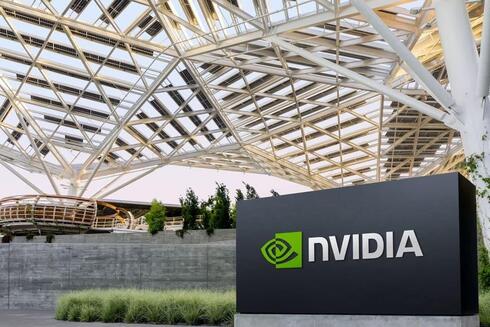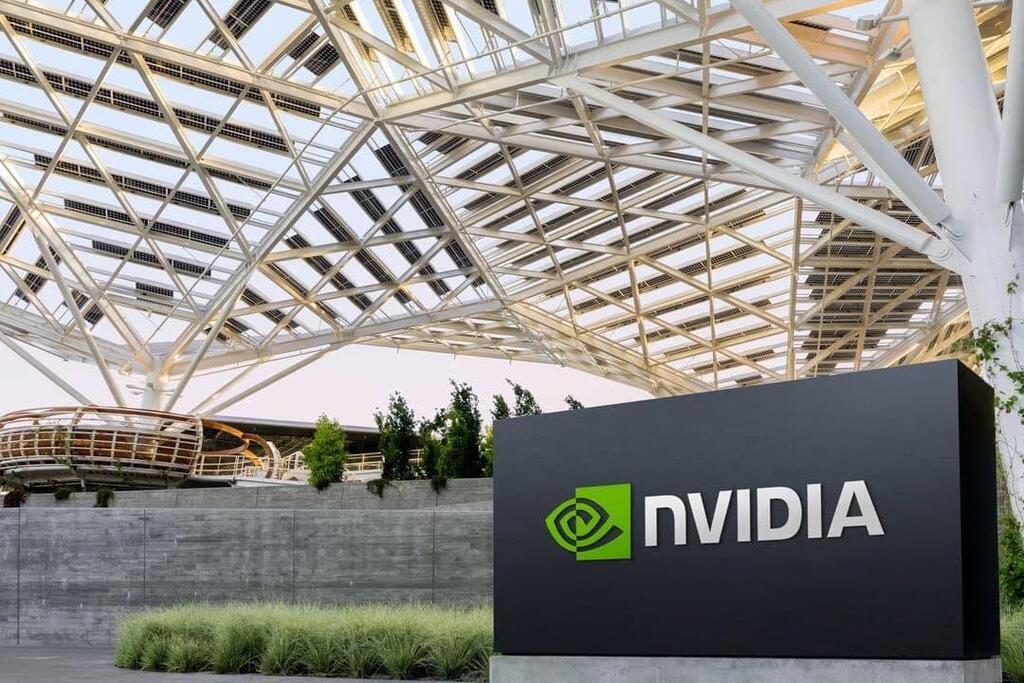
Nvidia’s financial leap confirms accelerating AI industry
Nvidia smashed revenue forecasts with a 262% jump to $26 billion. Net profit soared 628% to $14.88 billion. The company raised its forecasts and expects revenues of $28 billion in the next quarter
The tension before the publication of Nvidia's quarterly report was palpable in the technology and artificial intelligence (AI) communities. Nvidia's crucial role as the leading AI chip supplier made its performance a barometer for the entire market. The quarterly results not only reflect Nvidia's situation but also indicate the health of the AI market as a whole. A year and a half after OpenAI's ChatGPT sparked the generative AI revolution, concerns were rising that the momentum was waning. However, Nvidia’s performance showed that the revolution is accelerating, not fading.
Analysts expected Nvidia’s quarter ending in April 2024 to bring in $24.7 billion in revenue. Nvidia exceeded these expectations with a 262.1% increase compared to the corresponding quarter in 2023, reaching $26.04 billion. Net income also surged 628.4% to $14.88 billion. Nvidia projects continued growth, with expected revenues of $28 billion in the current quarter ending in July 2024. This would represent a 107.3% increase compared to the previous year’s quarter in July and a 35.3% increase over both quarters of this year combined.
These growth figures are more typical of service or software companies like Meta or Google, rather than a hardware company like Nvidia, which primarily deals in chips and processors. Remarkably, these growth figures come from a company over 30 years old, not from a newer company experiencing rapid expansion.
Nvidia’s growth was largely driven by its data center division, which markets AI chips, with a 427% increase in revenue to $22.6 billion. Other divisions showed more modest growth by comparison: Gaming and AI computers grew by 18% to $2.6 billion, professional visualization by 45% to $427 million, and the automotive division by 11% to $329 million.
“The next industrial revolution has begun — companies and countries are partnering with NVIDIA to shift the trillion-dollar traditional data centers to accelerated computing and build a new type of data center — AI factories — to produce a new commodity: artificial intelligence,” said Jensen Huang, founder and CEO of NVIDIA. “AI will bring significant productivity gains to nearly every industry and help companies be more cost- and energy-efficient, while expanding revenue opportunities.
“Our data center growth was fueled by strong and accelerating demand for generative AI training and inference on the Hopper platform. Beyond cloud service providers, generative AI has expanded to consumer internet companies, and enterprise, sovereign AI, automotive and healthcare customers, creating multiple multibillion-dollar vertical markets.
“We are poised for our next wave of growth. The Blackwell platform is in full production and forms the foundation for trillion-parameter-scale generative AI. Spectrum-X opens a brand-new market for us to bring large-scale AI to Ethernet-only data centers. And NVIDIA NIM is our new software offering that delivers enterprise-grade, optimized generative AI to run on CUDA everywhere — from the cloud to on-prem data centers and RTX AI PCs — through our expansive network of ecosystem partners.”
The market responded enthusiastically to Nvidia's report, and especially to its and Huang's optimistic forecasts, and in late trading the company's market value jumped by $140 billion. For comparison, Intel's market value as of yesterday was $134 billion. Nvidia's report was so good, it grew by one Intel in its wake.
Other hardware makers active in the AI market also surged following Nvidia's report, which proved that demand for hardware in the field is nowhere near abating. Shares of server makers Supermicro and Dell rose 4% in late trading, those of Taiwan's TSMC (which makes Nvidia's chips) by more than 3%, and chip companies Broadcom, Marvell and AMD by more than 2%. Intel settled for a more modest increase of 0.5% - evidence that the company has not yet proven to the market that its AI chips are a worthy alternative to those of Nvidia.
But this tremendous growth should come with some caveats. The awakening in the AI market is currently felt mainly on the developer side of products in the field. The products themselves are also entering the market and organizations, and have the potential to disrupt many sectors. But they have yet to do so on a large scale, and have yet to prove that they deliver all the benefits that Huang and other market leaders promise—greater efficiency, a jump in productivity, revenue growth. This is now the true test of AI. Not to generate income for the companies that pump it, but for those who are supposed to enjoy the benefits it generates. And if it doesn't happen in the coming quarters, the impressive growth shown by Nvidia, and shown by other AI companies, could turn into a scary contraction.















